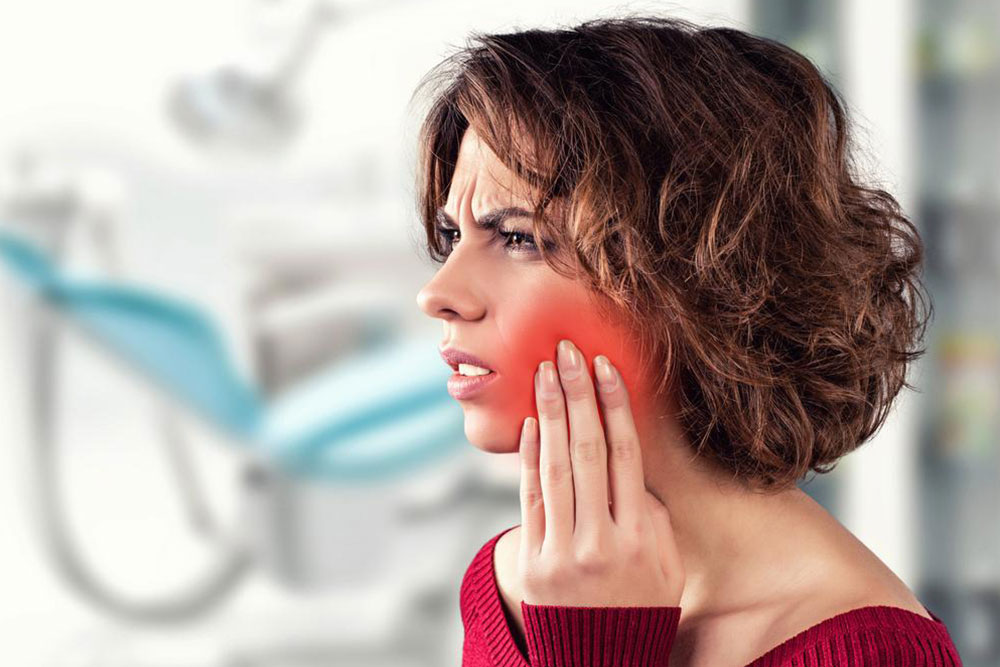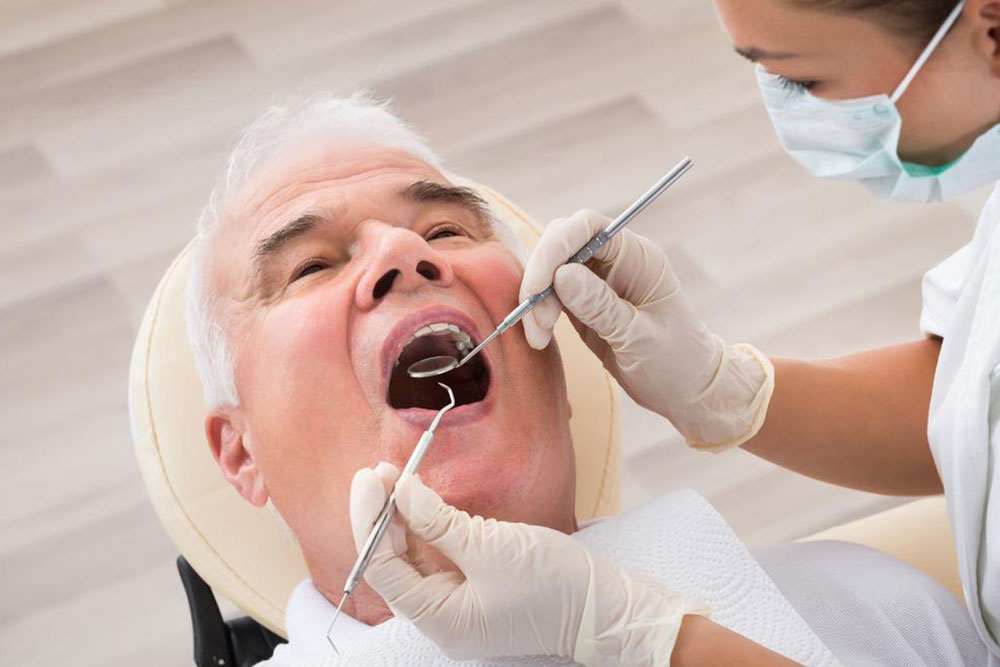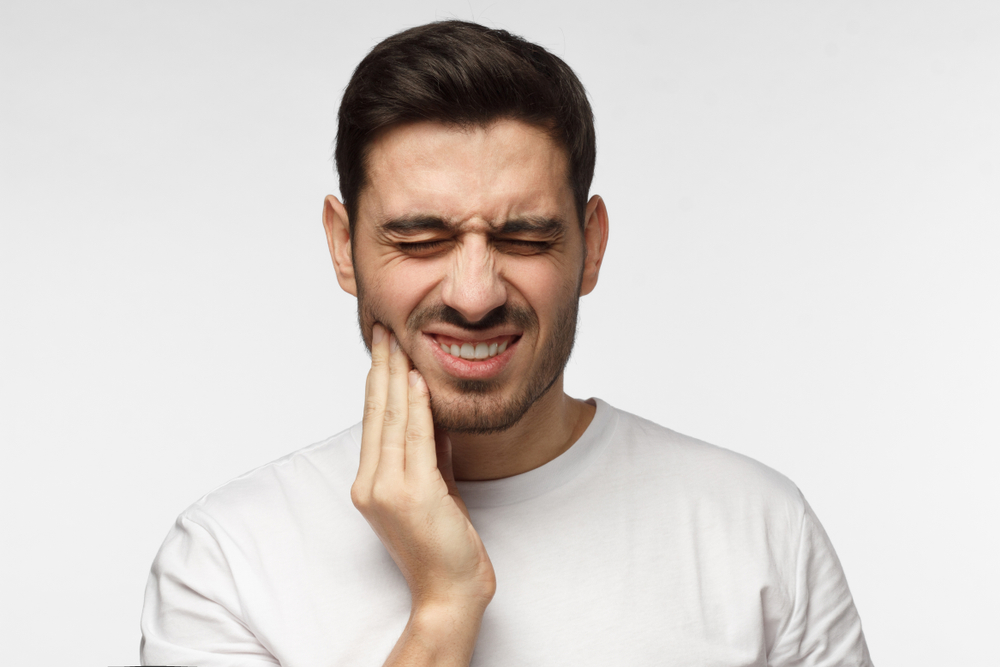Comprehensive Guide to Understanding and Treating Dental Pain
This comprehensive guide explores common causes of dental pain, including sensitivity, decay, and infections, along with effective treatments ranging from home remedies to professional dental interventions. Recognizing symptoms early and seeking timely care are key to maintaining optimal oral health and preventing serious complications. Learn how to identify different types of toothache and the best ways to manage them for a healthier, pain-free smile.

Understanding the Main Causes and Effective Treatments for Toothache
Dental pain is a common issue affecting millions of people around the globe, often disrupting daily routines and reducing quality of life. Whether it’s a sharp sting while eating, a dull ache that persists, or sensitivity to temperature, toothache can be caused by various underlying issues. Recognizing the cause of dental discomfort is crucial for selecting appropriate treatment and ensuring quick, effective relief. This comprehensive guide explores the most frequent reasons behind dental pain and offers in-depth insights into available remedies, including both home solutions and professional dental treatments.
Temperature Sensitivity to Hot and Cold
One of the most common dental complaints is sensitivity to hot and cold substances. This sensitivity often manifests as a mild discomfort or ache when consuming hot coffee, cold drinks, or even cold air. While it may seem minor, persistent sensitivity can point to underlying issues that require attention, such as exposed dentin, small areas of decay, or loose fillings.
Exposed nerve roots are a typical cause of temperature sensitivity. They often result from enamel erosion due to aggressive brushing or acidic foods and beverages. To prevent this, it’s essential to maintain proper oral hygiene—gentle brushing with a fluoride-rich toothpaste and avoiding over-brushing can help protect sensitive areas. If sensitivity persists or worsens, it’s vital to consult a dentist who can evaluate your condition and recommend treatments such as desensitizing toothpaste, fluoride applications, or dental bonding to shield exposed roots.
Post-Dental Procedure Tooth Sensitivity
Experiencing sensitivity after dental treatments like fillings, crowns, or root canals is common. The inflamed pulp tissue or the recent manipulation of the tooth can temporarily increase sensitivity to temperature and pressure. For most patients, this discomfort diminishes within a few days. Over-the-counter pain relievers such as paracetamol or non-steroidal anti-inflammatory drugs (NSAIDs) like ibuprofen can help ease symptoms. However, if pain continues longer than expected or worsens, it’s important to follow up with your dentist for further evaluation and management.
Acute Sharp Biting Pain
Sharp, piercing pain when biting down is an alarming sign that warrants prompt dental attention. It often indicates the presence of a cracked tooth, deep decay, or loose filling. These issues can expose the pulp or cause infection that needs urgent intervention. Depending on the severity, treatments may include dental fillings, crowns, or root canal therapy. Clicking or sudden pain upon biting should never be ignored, as delaying treatment may lead to more complex problems, including tooth loss.
Persistent and Throbbing Tooth Pain
If your toothache persists and becomes throbbing, it might be a sign of irreversible pulpitis, where the pulp tissue inside the tooth has become severely inflamed or infected. In such cases, a root canal treatment is usually necessary to remove the infected tissue, prevent the spread of infection, and preserve the tooth. Delaying treatment can result in abscess formation, systemic infection, or the need for extraction. Timely dental care ensures that the infection is managed effectively and your oral health is maintained.
Upper Tooth or Sinus-Related Pain
Sometimes, pain in the upper molars is mistaken for regular dental pain but may actually originate from sinus infections. The maxillary sinuses are located close to the roots of upper teeth, and sinus pressure or infection can cause pain resembling toothache. Conversely, dental issues like cavities or abscesses can cause referred pain to the sinus area. Accurate diagnosis by a dental professional or ENT specialist is crucial to determine whether the source is dental or sinus-related, ensuring targeted treatment with antibiotics, decongestants, or dental procedures.
Severe, Unlocalized, Intense Pain
When facing severe, unlocalized tooth pain that doesn’t respond to biting or temperature changes, an urgent dental assessment is necessary. Such pain often indicates extensive decay reaching the nerve, causing nerve death or abscess formation. In emergencies, root canal therapy might be required urgently to save the tooth. If left untreated, this condition can escalate, leading to facial swelling, systemic infection, or sepsis. Immediate professional intervention is vital to manage the pain and prevent further complications.
Swollen, Sensitive Gums with Constant Pain
Swelling and constant pain in the gums often suggest an infection spreading into the periodontal tissues, forming an abscess. Such infections can originate from untreated cavities, gum disease, or trauma. An abscess requires prompt treatment—typically drainage, antibiotics, and deep cleaning of the affected area. Ignoring symptoms can lead to loss of the affected tooth or more serious systemic health issues. Maintaining good oral hygiene and seeking immediate dental care are critical to eliminating infection and restoring oral health.
Home Remedies for Temporary Tooth Discomfort
While professional dental treatment is essential for long-term relief, several home remedies can help alleviate pain temporarily. Clove oil, known for its natural anesthetic properties, can numb painful areas when applied carefully with a cotton swab. Peppermint oil or peppermint tea bags provide a cooling, numbing sensation. Gargling with warm saltwater helps reduce bacteria, loosen debris, and soothe inflamed tissues. Garlic has natural antibacterial effects that can curb infection. Additionally, applying alcohol-based extracts or vanilla essence can provide fleeting numbing effects. However, these remedies are only temporary measures; seeing a dentist remains vital for proper diagnosis and treatment.
In conclusion, toothache can stem from numerous causes, from minor sensitivities to severe infections. Understanding the symptoms and seeking timely professional care is crucial for effective treatment and long-term oral health. Routine dental check-ups, good oral hygiene practices, and prompt attention to dental discomfort can prevent many serious dental problems and ensure a pain-free smile for years to come.





